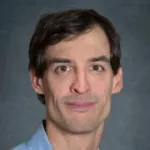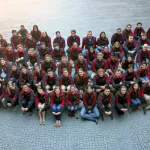Full-length alternative transcript isoform analysis using long-read nanopore sequencing
Stanford bio-X Frontiers in Interdisciplinary Biosciences Seminar
ANGELA BROOKS, UNIVERSITY OF CALIFORNIA, SANTA CRUZ
Dr. Brooks's laboratory focuses on the study of somatic mutations that cause changes to the transcriptome, particularly through mRNA splicing. They aim to gain a better understanding of how alternative splicing is regulated and the functional consequences of splicing dysregulation through the study of these cancer genome alterations.










